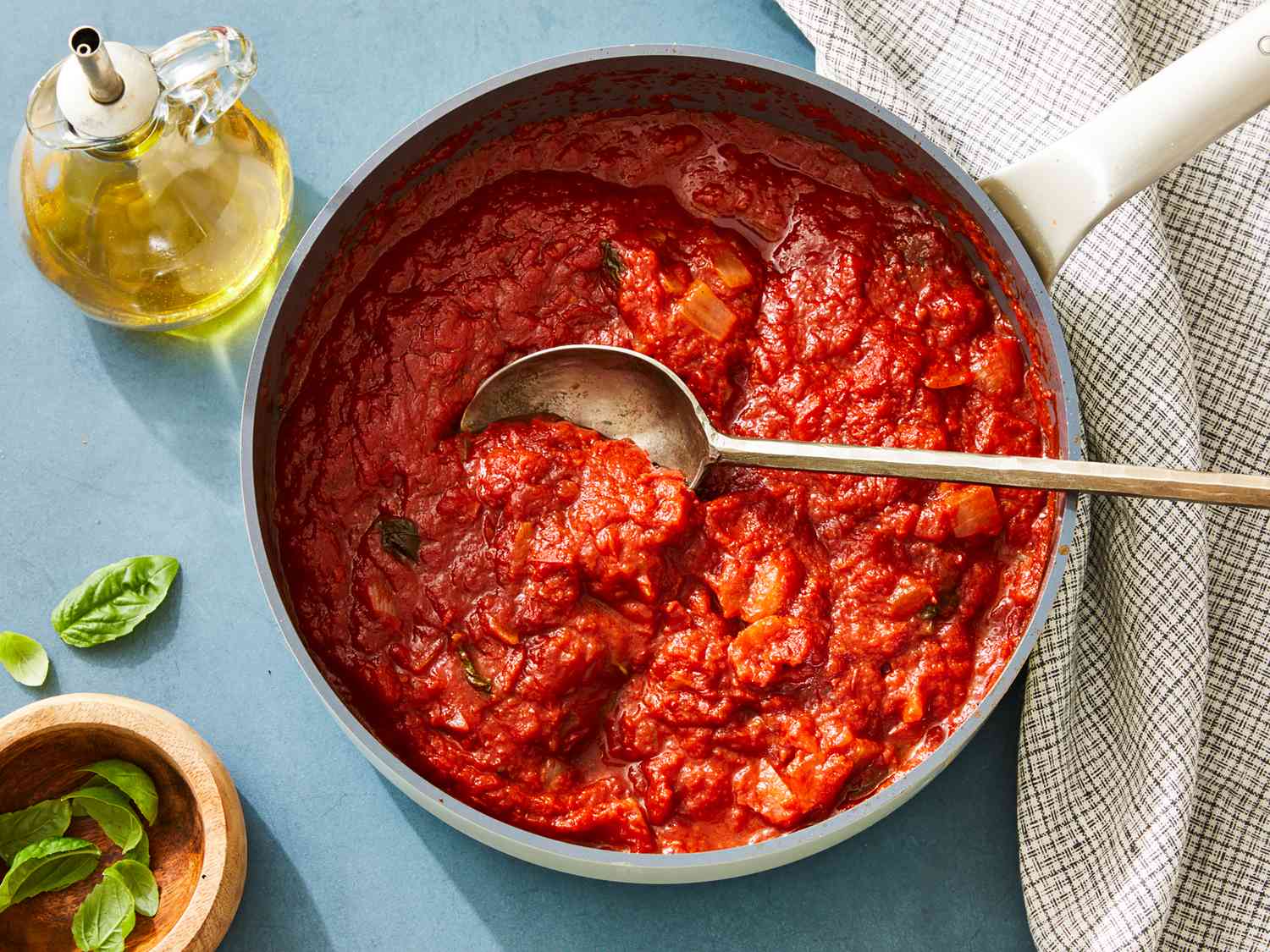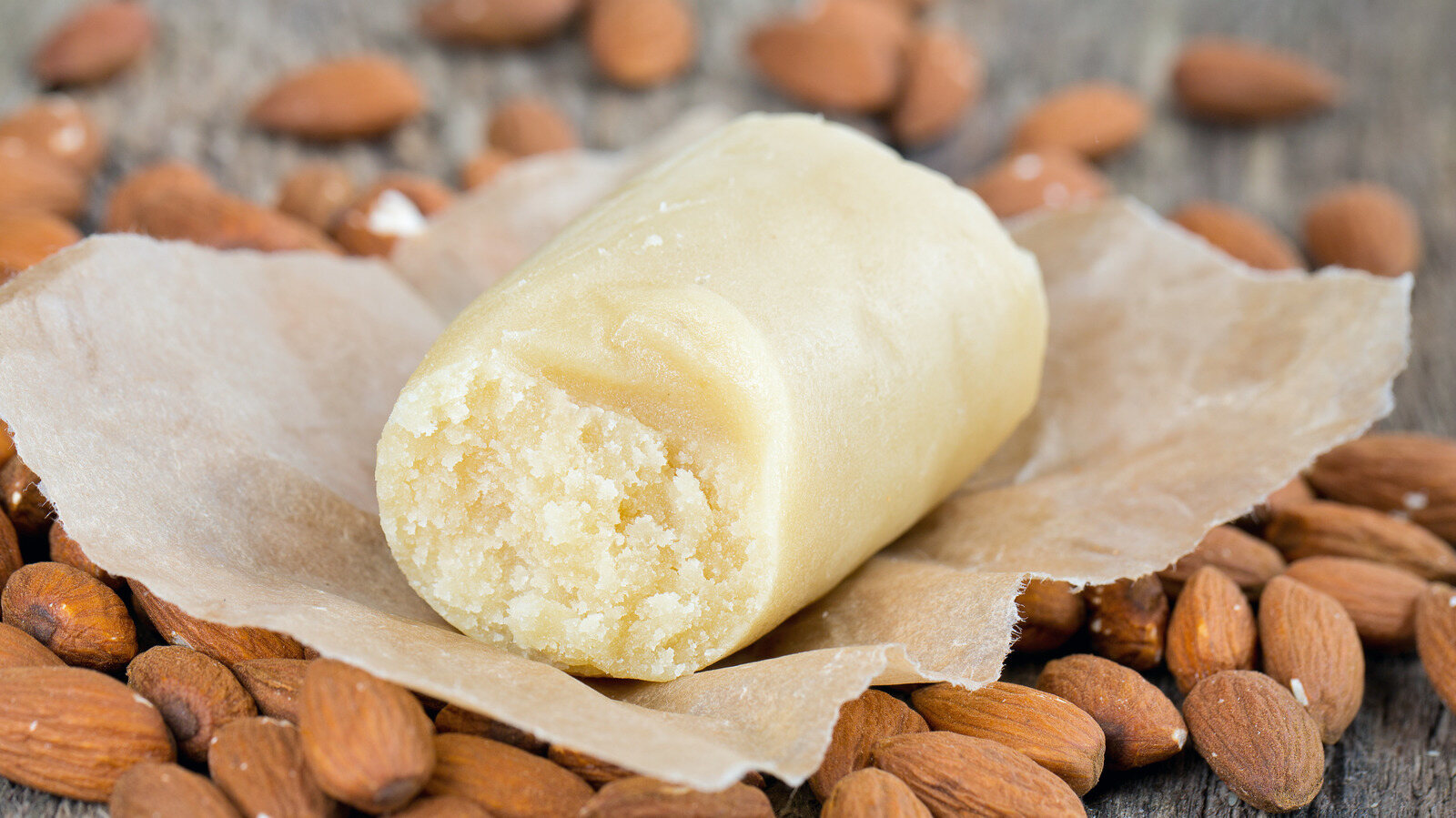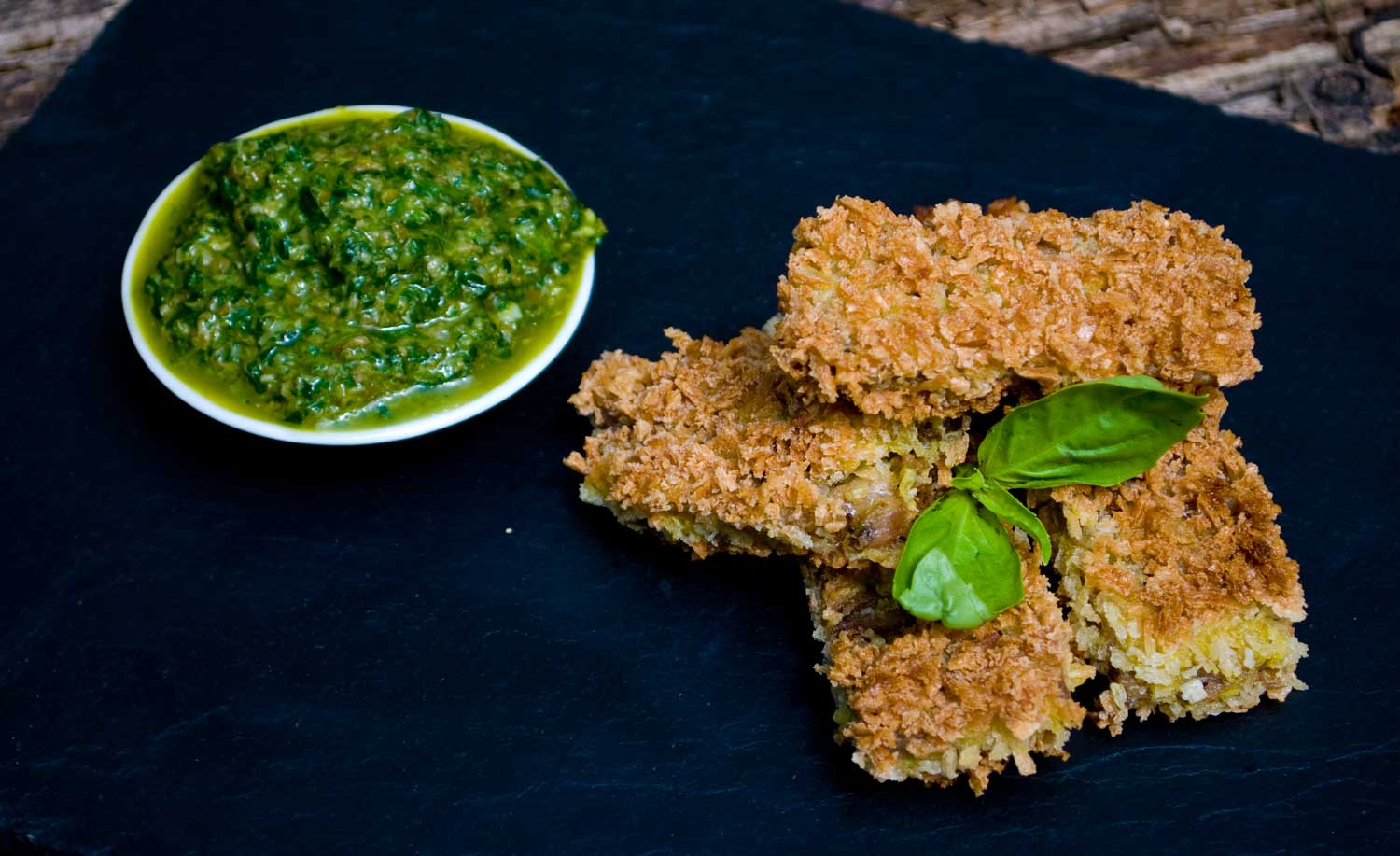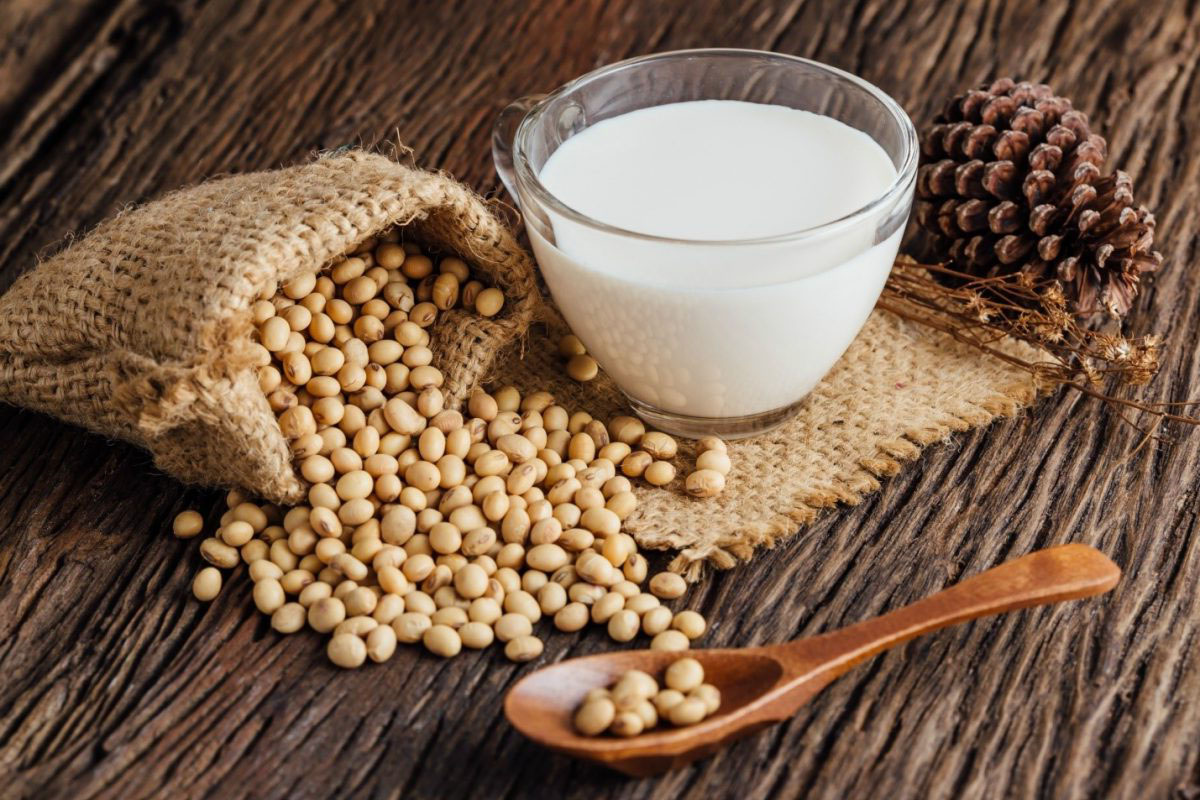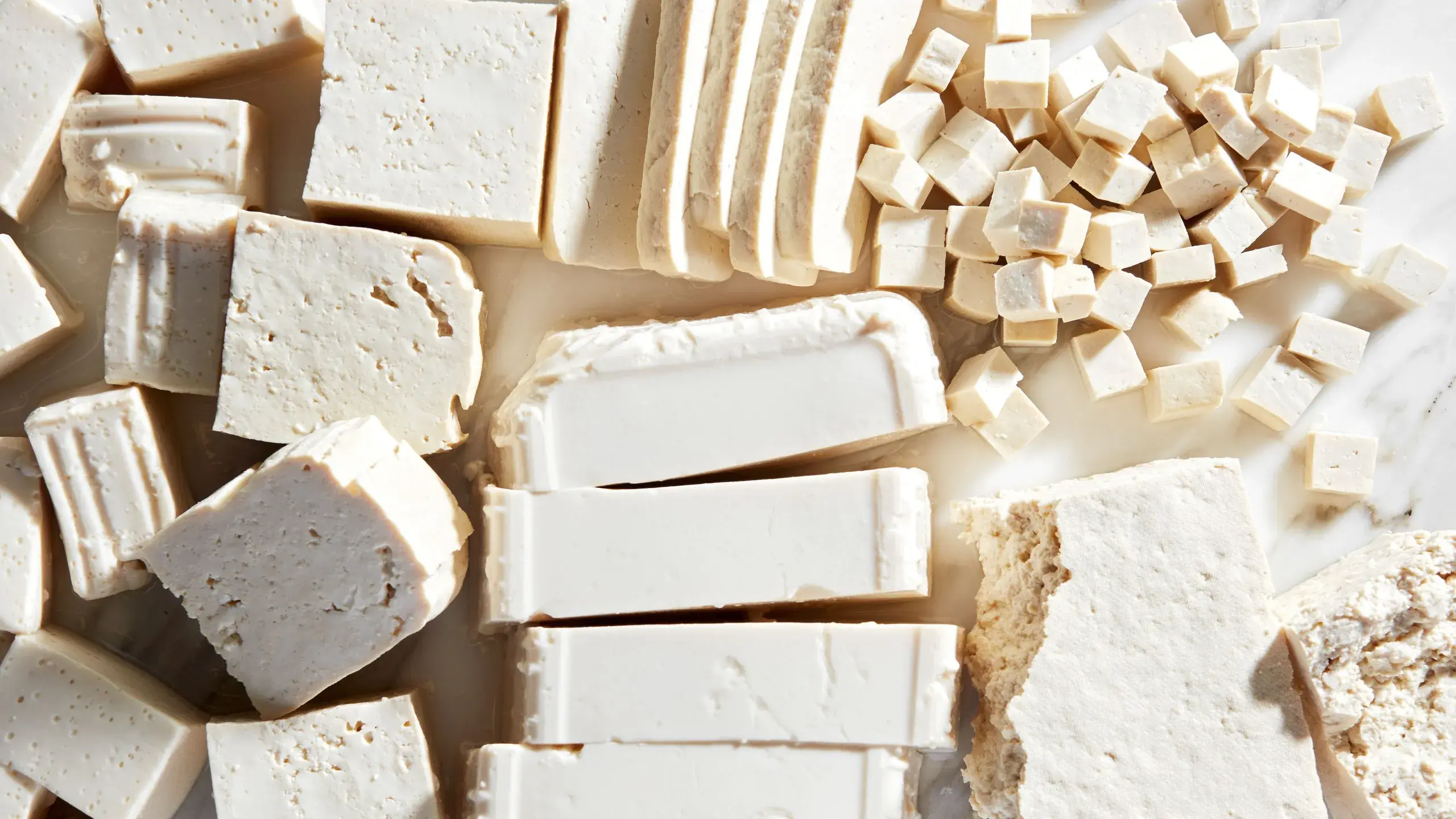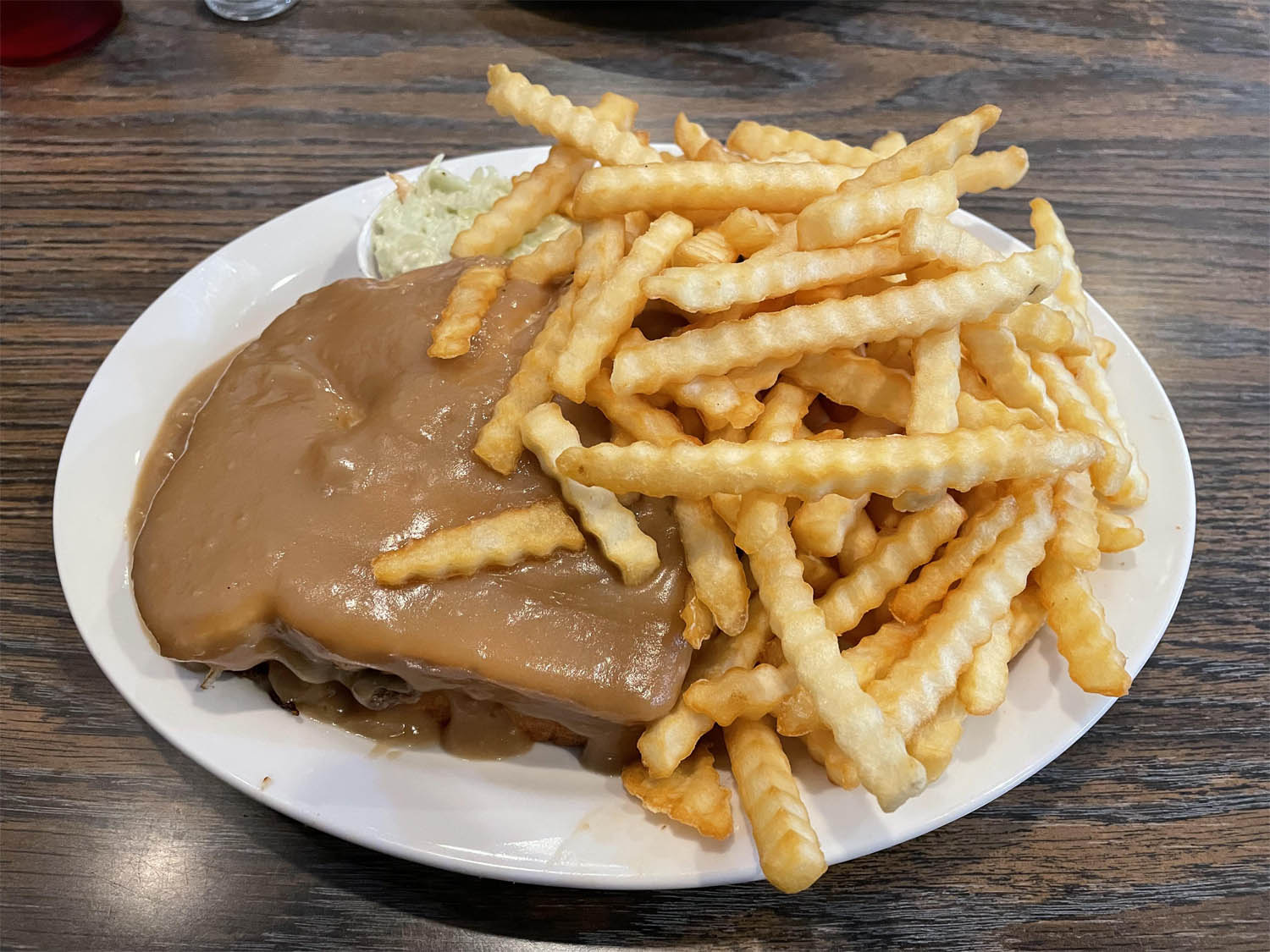When it comes to Italian cuisine, few things are as iconic as Parma ham. This delectable delicacy, also known as Prosciutto di Parma, is a type of dry-cured ham that originates from the Parma region of Italy. Renowned for its rich flavor and delicate texture, Parma ham has become a staple in kitchens and restaurants around the world. In this article, we'll explore the origins of Parma ham, its unique production process, and the best ways to enjoy this beloved Italian specialty.
A Time-Honored Tradition
Parma ham has a long and storied history that dates back to ancient times. The art of curing ham in the Parma region can be traced back to the Roman era, where it was a prized delicacy enjoyed by emperors and nobility. Over the centuries, the traditional methods of producing Parma ham have been carefully preserved and passed down through generations, ensuring that the authentic flavor and quality are maintained.
The Production Process
The production of Parma ham is a meticulous and time-honored process that begins with the selection of the finest quality pork. The hind legs of specially bred pigs are carefully trimmed and seasoned with a precise blend of salt, which helps to draw out moisture and preserve the meat. After the initial salting, the hams are left to rest for a period of time before being washed and then hung to dry in well-ventilated rooms. This slow curing process can take anywhere from 12 to 36 months, during which time the hams develop their distinctive flavor and texture.
Protected Designation of Origin
One of the hallmarks of Parma ham is its designation as a Protected Designation of Origin (PDO) product. This prestigious status is granted by the European Union and signifies that the product's unique characteristics and reputation are closely tied to its geographical origin. In the case of Parma ham, this means that only hams produced in the Parma region using traditional methods can bear the official PDO seal, ensuring that consumers are getting an authentic and high-quality product.
Serving and Pairing
Parma ham is a versatile ingredient that can be enjoyed in a variety of ways. Whether served on its own as part of an antipasto platter, wrapped around fresh melon for a sweet and savory appetizer, or layered atop a thin-crust pizza, the possibilities are endless. When it comes to pairing, Parma ham pairs beautifully with a range of flavors, from mild cheeses and crusty bread to sweet fruits and aged balsamic vinegar.
Conclusion
In conclusion, Parma ham is a true culinary treasure that embodies the rich traditions and flavors of Italian cuisine. Its centuries-old production methods, distinctive flavor, and versatility make it a beloved ingredient in kitchens around the world. Whether enjoyed on its own or as part of a delicious recipe, Parma ham continues to captivate the palates of food enthusiasts everywhere. So, the next time you're looking to add a touch of Italian elegance to your meal, consider reaching for a slice of this timeless delicacy.
Was this page helpful?
Read Next: What Is Medium Speed On A KitchenAid Mixer?

